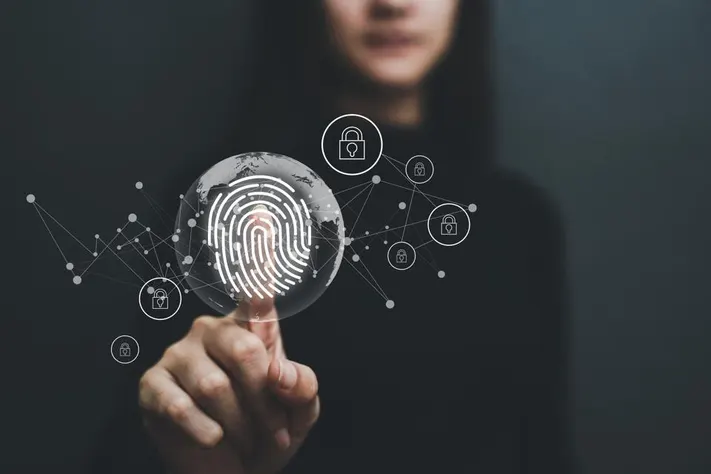Redefining Digital Identity: Blockchain’s Promise of Security and Control
In an increasingly digitized world, where our personal, financial, and social transactions often take place online, the security and authenticity of our digital identities have never been more crucial. For decades, individuals have relied on centralized authorities to authenticate and safeguard their digital identities, a system plagued with inefficiencies and vulnerabilities. Blockchain technology, with its decentralized structure and enhanced security features, promises to redefine the realm of digital identity, offering individuals more control and safeguarding their information against misuse. Let’s delve into how blockchain is forging a new path in digital identity management.
The Current Landscape of Digital Identity
Today, the digital identity landscape is fragmented and relies heavily on centralized institutions such as governments and corporations. Individuals often find themselves juggling multiple usernames, passwords, and other credentials, resulting in a complex and sometimes insecure digital environment. Data breaches and identity thefts are common, and personal data is often handled without clear consent or transparency.
Blockchain: A Paradigm Shift in Digital Identity Management
Blockchain technology proposes a transformative approach to managing digital identities, shifting control from corporate and governmental entities back to the individual. Here’s how blockchain can revolutionize digital identity management:
1. Self-Sovereign Identity
Blockchain enables the concept of a self-sovereign identity, wherein individuals have complete control over their personal data. They can choose what to share, with whom, and for how long, fostering a sense of ownership and control over one’s digital identity.
2. Enhanced Security
Blockchain’s cryptographic features ensure that data stored on the blockchain is secure and immutable. This adds a layer of security, safeguarding personal information from unauthorized access and potential misuse.
3. Simplified Authentication
Blockchain can facilitate simplified authentication processes, wherein individuals can use a single, secure, and verified digital ID across various platforms and services, eliminating the need for multiple usernames and passwords.
4. Transparent Consent Management
Blockchain allows for transparent and explicit consent management, where individuals can grant and revoke access to their data with full knowledge and control, reducing the chances of data misuse.
The Journey Ahead: Potential Use Cases and Challenges
1. Digital Passports and Verifiable Credentials
In the near future, we may witness the advent of digital passports and verifiable credentials, where blockchain could serve as the backbone, providing a secure and efficient method for verifying individuals’ credentials and identities.
2. Data Privacy and Regulatory Compliance
Blockchain can potentially aid in complying with data privacy regulations by offering mechanisms for secure, transparent, and consensual data handling, ensuring that individuals’ rights to data privacy are upheld.
While the prospects are promising, the journey towards a blockchain-based digital identity system is fraught with challenges, including interoperability, user education, and establishing a legal and regulatory framework that supports this new paradigm.
Conclusion
Blockchain technology stands as a promising harbinger of change in the realm of digital identity management. Its potential to offer secure, user-controlled, and transparent digital identity systems marks a significant shift away from the fragmented and vulnerable structures prevalent today. As we navigate the intricacies of this transformation, fostering collaboration, innovation, and education will be crucial in shaping a digital identity landscape that respects individual autonomy and protects personal data. By embracing the potential of blockchain, we step towards a future where our digital identities are not just secure, but also truly our own.



